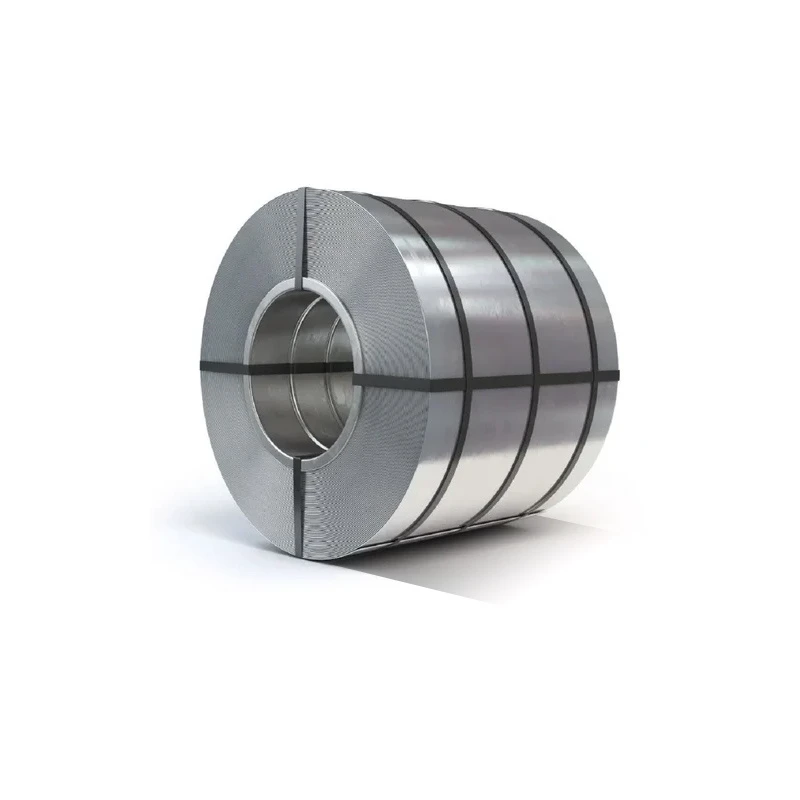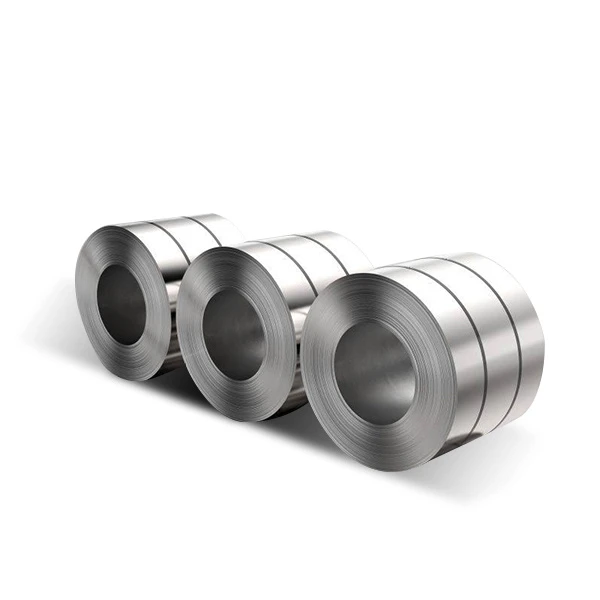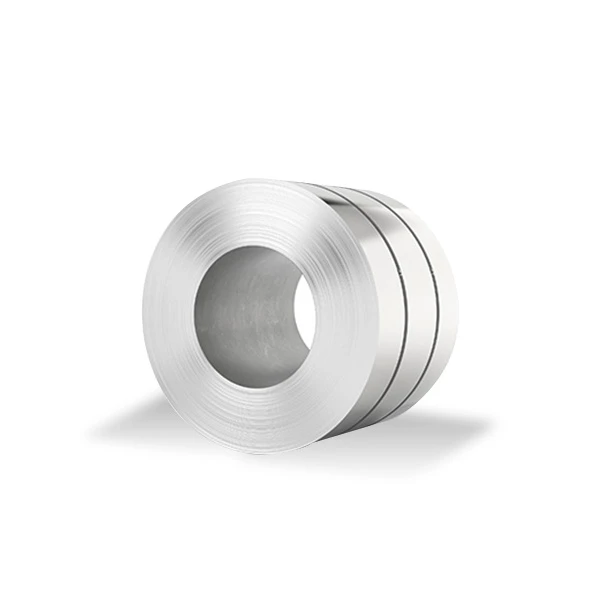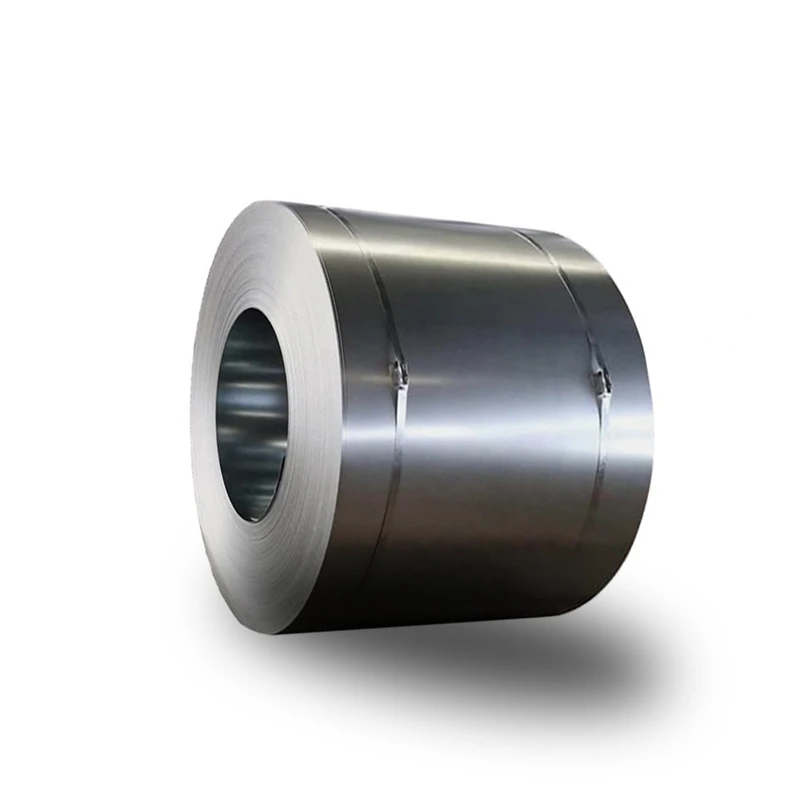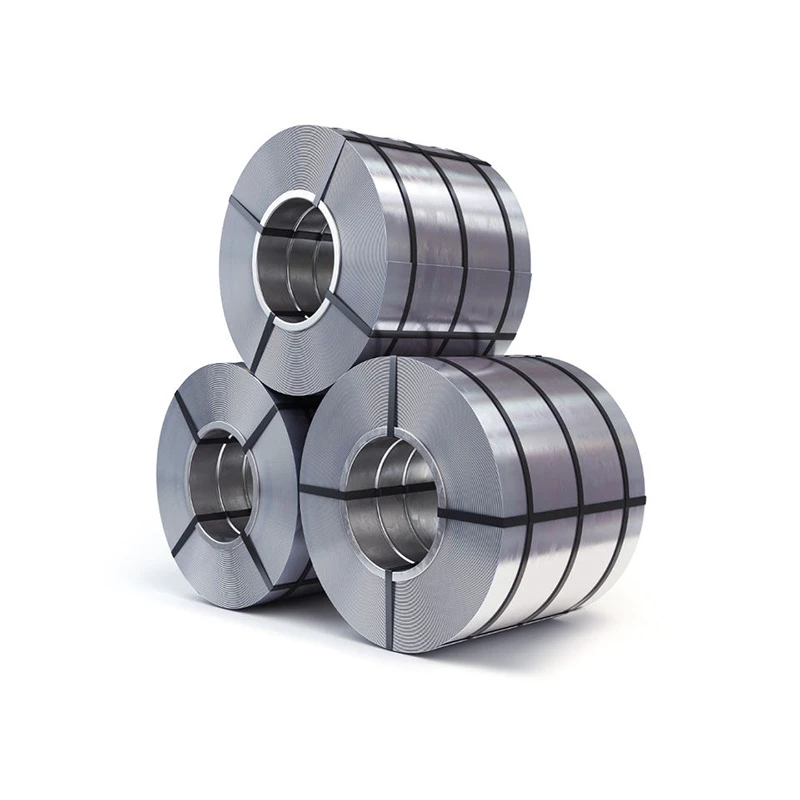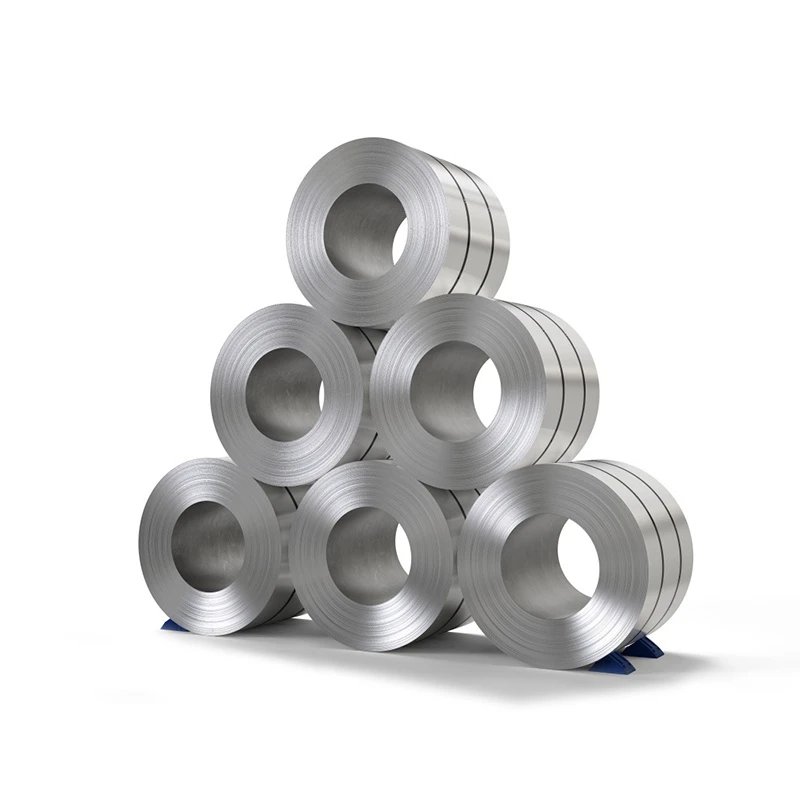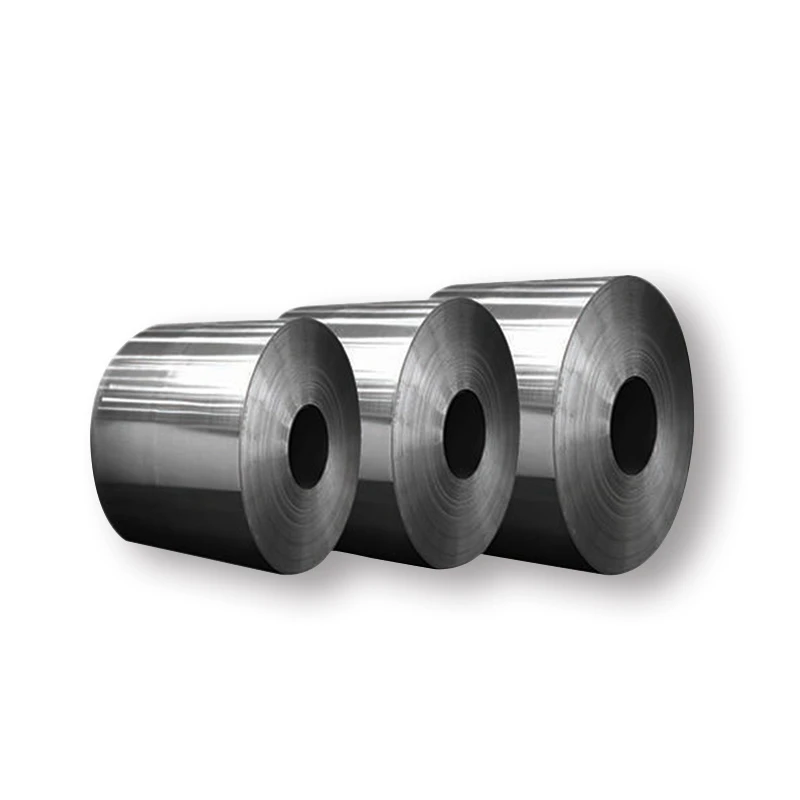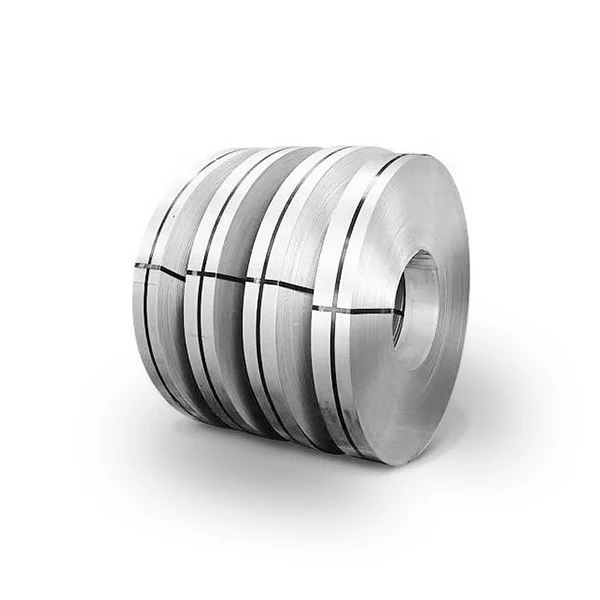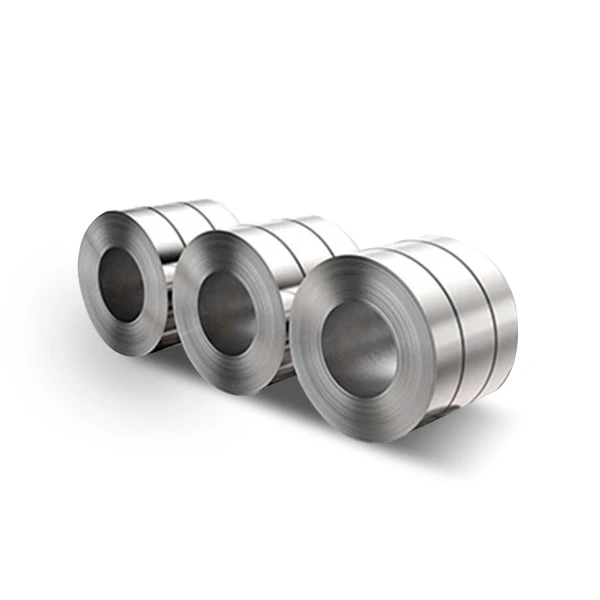
CATEGORIES
FEATURED PRODUCTS
405 Stainless Steel Coil
We offer this product and related grades with 100% factory direct pricing and free quotes available within 24 hours.
APPLICATION SCENARIOS

OUR ADVANTAGE

Certificate of Honor

PARTNER

Our Factory

What is 405 Stainless Steel? 405 Stainless Steel (UNS S40500) is a ferritic stainless steel containing approximately 11.5% to 14.5% chromium and a small addition of aluminum (around 0.10% to 0.30%). The aluminum addition is crucial; it helps to prevent the hardening response that typically occurs in other ferritic stainless steels when heated to high temperatures and then cooled (e.g., during welding). This makes 405 a highly non-hardening ferritic grade, leading to excellent weldability without significant embrittlement in the heat-affected zone. While it offers good resistance to oxidation at high temperatures and moderate general corrosion resistance, its primary advantage lies in its stable microstructure after welding, making it suitable for applications that involve significant fabrication. Like other ferritic grades, 405 stainless steel is magnetic.
Key Properties of 405 Stainless Steel
The unique aluminum addition in 405 stainless steel imparts specific advantages, particularly in fabrication.
Excellent Weldability (Non-Hardening)
- Non-Hardening Characteristics: This is the most significant property of 405 stainless steel. The addition of aluminum acts as a ferrite stabilizer, preventing the formation of martensite (a hard, brittle phase) during welding or subsequent cooling from high temperatures. This means 405 does not air-harden, making it incredibly well-suited for applications requiring extensive welding without the risk of post-weld embrittlement or the need for complex post-weld heat treatments.
- Dimensional Stability: Due to its non-hardening nature, 405 experiences minimal distortion or cracking after welding, contributing to greater dimensional stability in fabricated components.
Good Heat Resistance
- Oxidation Resistance: 405 offers good resistance to oxidation and scaling at elevated temperatures. It can typically withstand continuous service temperatures up to approximately 650°C (1200°F) and intermittent service up to about 815°C (1500°F). This makes it suitable for many high-temperature industrial applications where resistance to scaling is important.
Moderate Corrosion Resistance
405 stainless steel provides a functional level of corrosion resistance for specific environments.
- Atmospheric and Mild Environments: It resists general corrosion in mild atmospheric conditions, fresh water, and many mild chemical environments.
- Resistance to Stress Corrosion Cracking (SCC): As a ferritic stainless steel, 405 is inherently highly resistant to stress corrosion cracking in chloride-bearing environments. This is a significant advantage over austenitic stainless steels (like 304 or 316) in certain specific applications.
- Limited Chloride Resistance: Similar to 409, and other ferritic grades without molybdenum, 405 has poor resistance to pitting and crevice corrosion in environments with high chloride concentrations, such as saltwater or highly chlorinated solutions.
- Surface Appearance: While resistant to general corrosion, it may exhibit superficial surface rust (red rust) in humid or aggressive atmospheric conditions, similar to 409.
Mechanical Properties
- Moderate Strength: 405 offers moderate tensile and yield strengths. While not as strong as hardened martensitic grades like 410, its strength is generally sufficient for its intended applications.
- Formability: It has good formability and ductility, allowing for easy bending, drawing, and stamping. Its ferritic structure contributes to good deep drawing characteristics.
- Magnetic: Like all ferritic stainless steels, 405 stainless steel is magnetic in all conditions.
Detailed Specifications: Dimensions and Parameters
405 Stainless Steel Coil is typically supplied in accordance with ASTM A240/A240M standards, available in various dimensions and finishes for diverse manufacturing needs.
| Parameter | Standard Range |
| Thickness | 0.3mm – 6mm (0.012 in – 0.236 in) |
| Width | 1000mm – 2000mm (39.37 in – 78.74 in) |
| Length | Coil form (continuous length) |
| Surface Finish | 2B, No.1, Mill Finish |
| Edge Condition | Mill Edge, Slit Edge |
| Standard | ASTM A240/A240M, ASTM A666 |
Please note: The availability of specific thicknesses, widths, and finishes may depend on the supplier and manufacturing capabilities. It’s always best to consult with a supplier for detailed specifications.
Chemical Composition of 405 Stainless Steel
The precise chemical composition of 405 stainless steel, particularly the aluminum addition, is key to its unique non-hardening properties.
| Element | Weight Percentage (%) |
| Carbon (C) | ≤0.08 |
| Silicon (Si) | ≤1.00 |
| Manganese (Mn) | ≤1.00 |
| Phosphorus (P) | ≤0.040 |
| Sulfur (S) | ≤0.030 |
| Chromium (Cr) | 11.5 – 14.5 |
| Aluminum (Al) | 0.10 – 0.30 |
| Nickel (Ni) | ≤0.50 |
The controlled aluminum content is the defining characteristic of 405, ensuring its non-hardening response after welding.
405 Stainless Steel vs. Other Stainless Steel Grades: A Comparative Look
Comparing 405 to other common stainless steels highlights its specialized advantages and areas of application.
| Feature | 405 | 409 | 410 | 304L |
| Stainless Steel Family | Ferritic | Ferritic | Martensitic | Austenitic |
| Hardenable by Heat Treatment | No | No | Yes | No |
| Magnetic | Yes | Yes | Yes | No (annealed) |
| Primary Advantage | Excellent Weldability (non-hardening), SCC resistance | Cost-effective, high-temp oxidation resistance | High strength, hardness, wear resistance | General purpose, excellent weldability |
| Max. Continuous Temp. (approx.) | ≈650∘C(1200∘F) | ≈675∘C(1250∘F) | ≈650∘C(1200∘F) | ≈925∘C(1700∘F) |
| Corrosion Resistance (General) | Moderate (resists SCC) | Moderate (prone to surface rust) | Moderate (best when hardened & polished) | Excellent |
| Chloride Resistance (Pitting/Crevice) | Poor | Very Low | Low | Moderate |
| Cost | Low | Very Low | Moderate | Low |
| Welding Behavior | Excellent (non-hardening, no post-weld HT) | Good (titanium stabilized) | Requires careful pre/post-weld treatment | Excellent (no sensitization) |
| Typical Use | Annealing boxes, quench tanks, heat exchangers | Automotive exhaust, heat exchangers | Cutlery, tools, turbine blades, fasteners | Food processing, architectural, general fabrication |
405 is a niche material chosen when weldability and resistance to stress corrosion cracking are critical, often in components exposed to moderate temperatures and non-aggressive environments.
Key Industries and Applications for 405 Stainless Steel Coil
The specialized properties of 405 Stainless Steel Coil make it suitable for applications where its non-hardening characteristic and resistance to SCC are highly valued.
| Industry | Typical Applications |
| Petrochemical | Annealing boxes, quench tanks, heat exchanger baffles, components where welding without post-weld annealing is desirable, and where resistance to SCC is important in specific environments. |
| Industrial Furnaces | Furnace linings, combustion chambers, structural supports for high-temperature applications where the material needs to maintain ductility after welding. |
| Power Generation | Heat exchanger components, baffles, and other parts where good high-temperature resistance and weldability are required. |
| Textile Industry | Components in dyeing and finishing machinery where good corrosion resistance to mild chemicals and ease of fabrication are beneficial. |
| Water Treatment | Tanks and components in certain water treatment processes where stress corrosion cracking is a concern, but high chloride levels are not present. |
Global Price Overview: 405 Stainless Steel Coil
The price of 405 Stainless Steel Coil is generally in the lower range for stainless steels, comparable to or slightly above 409, given its similar low nickel content. Its pricing is influenced by global supply and demand, the cost of raw materials (chromium, iron, aluminum), and energy costs. The figures provided below are illustrative and subject to market fluctuations. For the most accurate and current pricing, please contact us directly.
| Region / Factor | Price Range (USD per Metric Ton) – Illustrative | Notes |
| Asia | $1,200 – $3,500 | Often competitive due to large-scale production. |
| Europe | $1,500 – $4,000 | Prices reflect regional production costs, quality standards. |
| North America | $1,600 – $4,200 | Influenced by domestic demand, import tariffs, and specific supplier conditions. |
| Raw Material Cost (Cr, Al, Fe) | High Impact | Fluctuations in these commodity markets are primary cost drivers. |
| Order Volume | Discounts for Bulk | Larger purchase quantities typically result in more favorable per-unit pricing. |
| Surface Finish & Thickness | Varies | Specific finishes and very thin gauges can incur slightly higher costs. |
Disclaimer: These are approximate price ranges and should not be considered as definitive quotes. For precise pricing and lead times, please reach out to our sales team.
Frequently Asked Questions (FAQs)
Here are answers to some of the most common questions about 405 Stainless Steel Coil.
Q1: What makes 405 stainless steel unique compared to other ferritic stainless steels?
A1: The unique characteristic of 405 stainless steel is its addition of aluminum. This aluminum acts as a strong ferrite stabilizer, preventing the steel from hardening (forming martensite) when rapidly cooled from high temperatures, such as during welding. This property makes 405 significantly more weldable than other ferritic stainless steels, as it avoids post-weld embrittlement and cracking, often without the need for post-weld heat treatment.
Q2: Is 405 stainless steel magnetic?
A2: Yes, 405 stainless steel is magnetic in all conditions. As a ferritic stainless steel, its microstructure inherently makes it magnetic, similar to carbon steels.
Q3: What kind of corrosion resistance does 405 stainless steel offer?
A3: 405 stainless steel offers good general corrosion resistance in mild atmospheres, fresh water, and many mild chemical environments. A key advantage of 405, as a ferritic grade, is its high resistance to stress corrosion cracking (SCC) in chloride environments, where austenitic grades (like 304) might be susceptible. However, it has poor resistance to pitting and crevice corrosion in environments with high chloride concentrations, such as seawater. It may also show superficial surface rust.
Q4: Can 405 stainless steel be used for high-temperature applications?
A4: Yes, 405 stainless steel exhibits good resistance to oxidation and scaling at elevated temperatures, typically up to about 650°C (1200°F) in continuous service and 815°C (1500°F) intermittently. Its stable microstructure after welding also makes it suitable for high-temperature fabricated components where embrittlement is a concern.
Q5: What are common applications for 405 stainless steel coil?
A5: 405 stainless steel coil is commonly used in applications where its excellent weldability without hardening and good heat resistance are beneficial. Key applications include annealing boxes, quench tanks, heat exchanger baffles, and components in petrochemical, power generation, and industrial furnace industries where resistance to stress corrosion cracking is also desirable.







